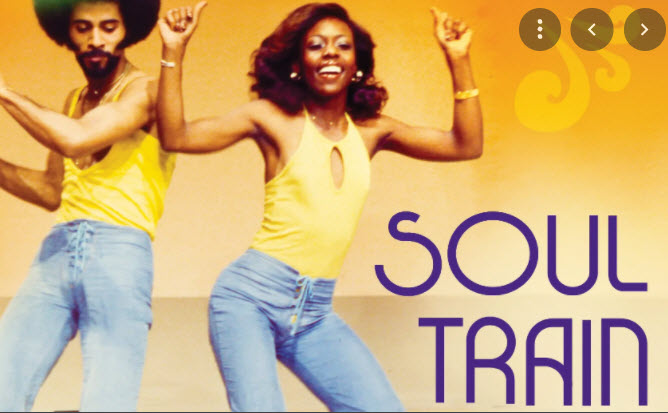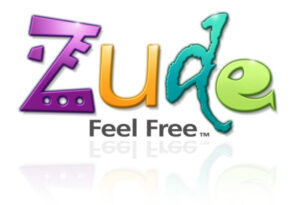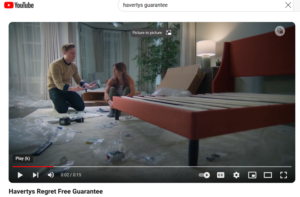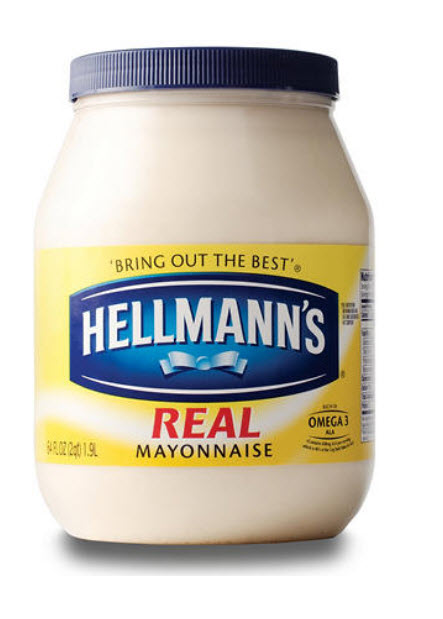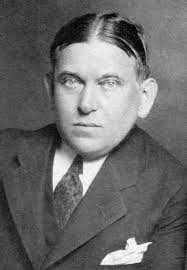Brand Claim.
The claim for the TV show Soul Train was Black Joy is good TV. How do I know that? Because I heard the statement on NPR and decided to make a blog post about it. I’m in the claim business. I study these things.
While most consultants are paid by the page, delivering hundred-page analyses of business strengths, weakness, opportunities and threats, I deliver a single page, boiled down from all that information. A page with one claim and three proof planks (three discrete, actualized behaviors that allow consumers to believe the claim.)
In the case of Soul Train, conveying joy and using dance and music as the conduit was genius.
“A bottle so distinct, it could be recognized by touch in the dark or when lying broken on the ground” was the brief written in 1915 to the designers of the Coke bottle. Pretty short, pretty sweet. Today I’m sure a marko-babbling brand manager could write a good 20-page brief on the topic.
The work of the brand planner — for master brand strategy development at least — is to amass as much information about customer care-abouts and brand good-ats as one can, then boiling it all down into a single statement of value. Ava DuVernay recently said about Diversity, Equity and Inclusion “It came from a place of absence. Now it comes from a place of abundance.” Well brand claims are all about coming from abundance and moving toward a place of absence… of singularity. A singular, powerful, endemic claim.
Master brand strategy is the most important work in all of marketing.
Peace.


